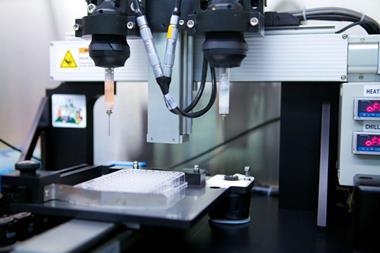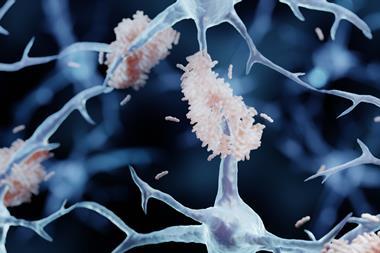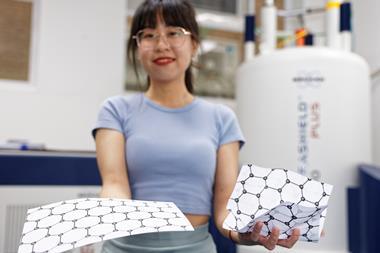3D printed objects with easy to modify surfaces turned into complex superhydrophobic structures
Imagine printing anything from electronic devices to artificial bones using the same 3D printer. Now, scientists have developed a universal approach for printing materials with easy-to-modify surfaces to eliminate the need for multiple 3D printers.
3D printing is a potentially powerful manufacturing tool. However, numerous printing technologies have had to be developed as several 3D printers with single-purpose inks are often needed for different uses, increasing fabrication costs. Finding one all-purpose ink or 3D printing process has proven elusive and nearly impossible, until now.
Xiaolong Wang at the Chinese Academy of Sciences in Lanzhou and co-workers in Jun Yang’s group at the University of Western Ontario in Canada have developed a versatile 3D printing technique where a bromine-containing acrylate is added to a 3D printing resin. The acrylate acts as an initiator to allow polymer brushes to grow on the printed surface. Printed 3D structures are then grafted into useful materials by surface-initiated atom transfer radical polymerisation.

To test their integrated initiator approach, the group fabricated lattices containing the polymer brushes and modified them to be either superhydrophobic or superhydrophilic. One cubic superhydrophobic lattice was shown to repel a water droplet. Another superhydrophobic structure was in the form as of 2.5 cm diameter hollow mesh ball with 1 mm pores. When filled with water, the hydrophobic ball effectively held the fluid without leakage, even when shaken.
‘We were stunned when we first found that the printed mesh ball held the water completely,’ says Wang. ‘There is Chinese proverb that says “pouring water into a sieve gets you nothing,” but now we have developed a way to make whatever functional complex structures we want – even a sieve that can hold water.’
‘This method is of great value for practical applications of 3D printed objects,’ comments Daniel Citterio, who designs printed chemical sensing devices at Keio University in Japan. He anticipates Wang’s approach will widen the use of such printed materials.
At the moment, this new technique is only suitable for photopolymerisation-based 3D printing, but Wang and colleagues are already working on printing smaller structures with greater accuracy. ‘In terms of developing an ideal one-for-all approach,’ he says, ‘there are still many possibilities to explore.’










No comments yet